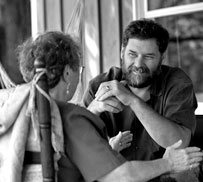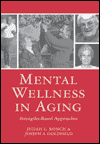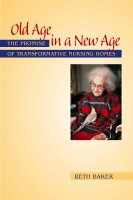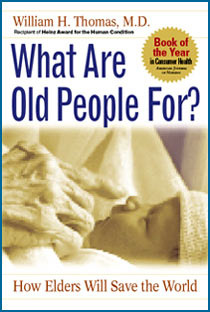![]()
Search
Recent Posts
- ChangingAging.org Redesign -- Please Bookmark!
- Disaster in Buffalo
- Power Up Friday
- Blanchard WinsDays
- Kevin Frick writes...
- Monkhouse Monday
- Getting Closer!
- Blanchard WinsDays
- Power Up Friday
- My Pick for Health and Human Services
- Understanding Health Care Reform
- Facts Are Stubborn Things: Social Security Edition
- Monkhouse Monday
- Localism is Coming
- Krugman Can't Wait...
Recent Comments
Category Archives
- AGING 100
- Aging
- Culture
- Dementia
- Eden Alternative
- Erickson School
- Green House
- Health Policy
- Longevity
- Media
- Rockets
Monthly Archives
- February 2009
- January 2009
- December 2008
- November 2008
- October 2008
- September 2008
- August 2008
- July 2008
- June 2008
- May 2008
- April 2008
- March 2008
- February 2008
- January 2008
- December 2007
- November 2007
- October 2007
- September 2007
- August 2007
 Subscribe to this blog's feed
Subscribe to this blog's feed
Announcements

Blog Data
« Woooptee Deee Do | Main | Power Up Friday »
January 2, 2009 |Permalink |Comments (0)
Blanchard WinsDays
Active Adult Communities: Legalized Age-Discrimination in Housing
The concept of a Never-Never Land of golf and leisure, inhabited exclusively by adults 50 and older is not new. It started in the 1950s, popularized by real estate developer and marketing genius Del Webb and his social experiment in Arizona, Sun City. Up until ten or so years ago, these retirement enclaves were predominately located in the sun-belt regions of the country, and although marketed to retirees, were not legally age-restricted.
Largely as a result of lobbying efforts from the home building industry, this all changed when age-segregation was codified under the Fair Housing Act with the passage of the Housing for Older Persons Act of 1995, which allowed communities to restrict ownership of housing to persons 50 and older and to prohibit children from living there. In many communities children visiting beyond a certain number of days is a serious offense, which can result in one being forced to move out of the community.
Can you imagine applying such restrictions to any other population? A housing community only for families – anyone over 50 must move out? A housing community only legally inhabitable for Christians or Jews? It sounds –and is – ominous. Human beings do not have a good track record when it comes to segregating certain portions of the population.
“Age-segregated communities” or the more popular acronym “active-adult communities” have proliferated in recent years, far beyond the sun-belt regions. Municipalities are often eager to attract these low-crime and seemingly low-maintenance developments in favor of other types of housing communities. Notably, there have been few critiques from policymakers or aging professionals regarding the spread of these geritiopias and the social policy implications of an increasingly age-segregated society—or what happens when “active adults” become increasingly “less-active elders.”
For an insiders look around today’s age-segregated housing options, check out A Place Called Canterbury: Tales of the New Old Age in America by Dudley Clendinen and Leisureville: Adventures in America's Retirement Utopias by Andrew D. Blechman.
A Place Called Canterbury: Tales of the New Old Age in America Cover
















